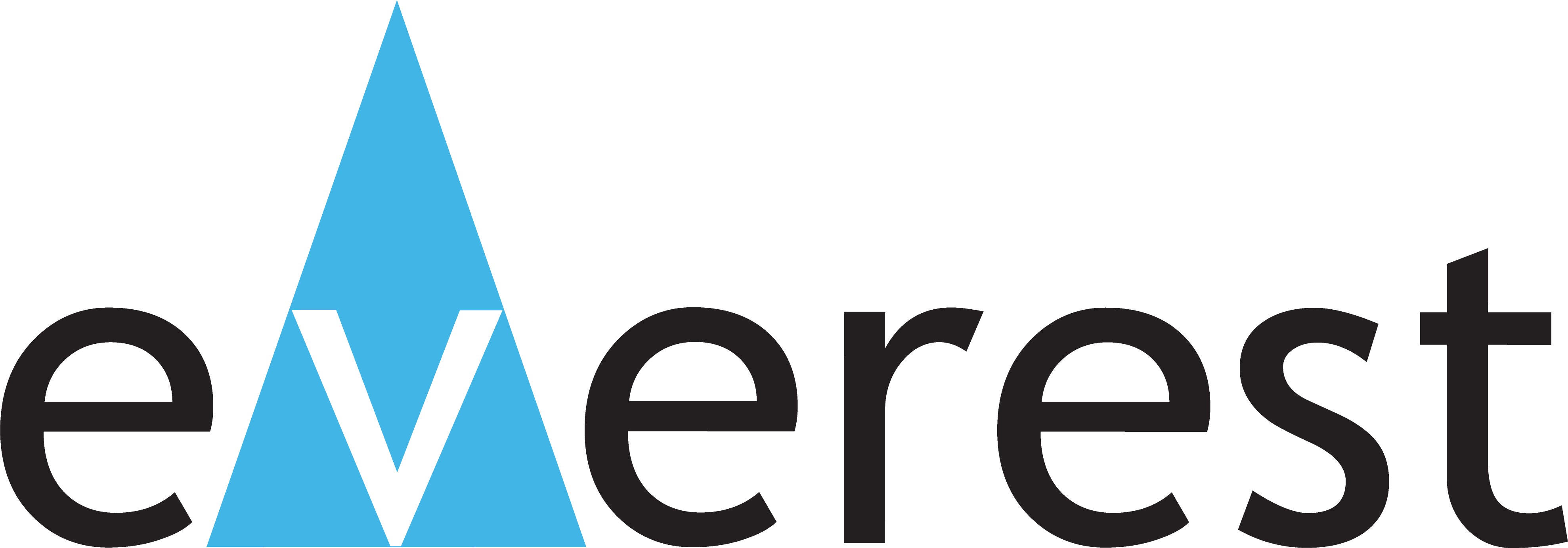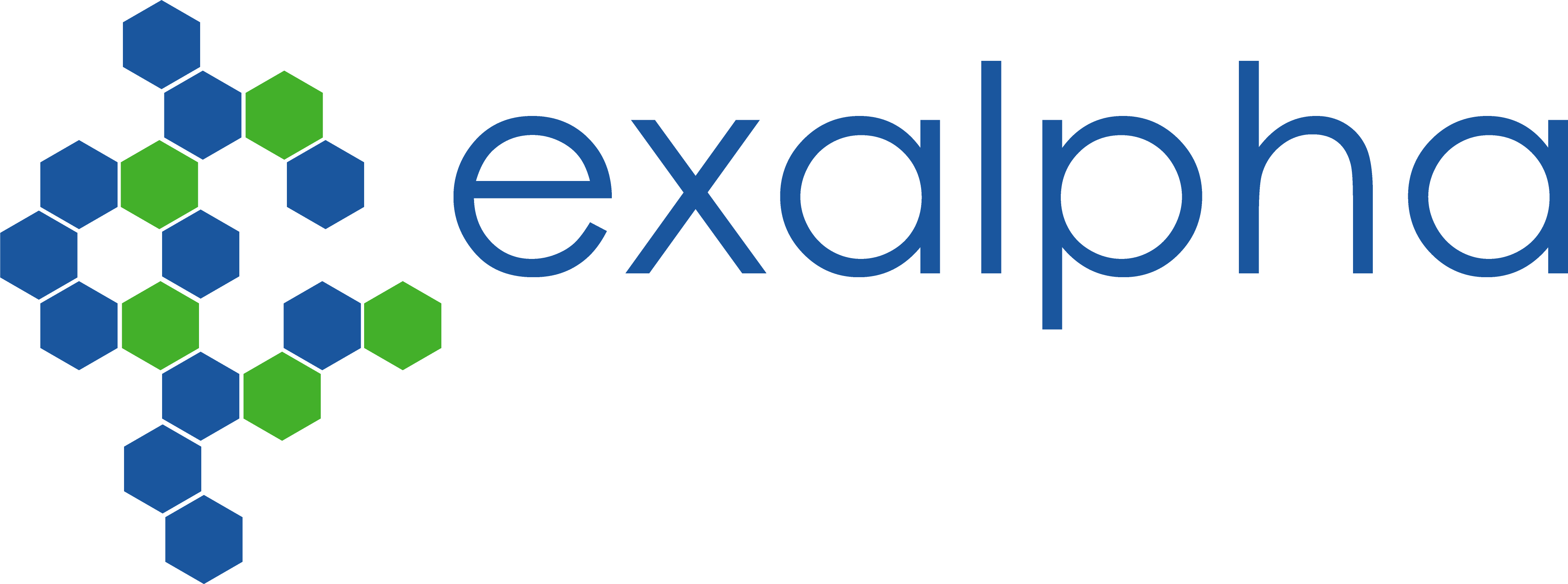order histories, retained contact details for faster checkout, review submissions, and special promotions.
Forgot password?
order histories, retained contact details for faster checkout, review submissions, and special promotions.
Location
Corporate Headquarters
Vector Laboratories, Inc.
6737 Mowry Ave
Newark, CA 94560
United States
Telephone Numbers
Customer Service: (800) 227-6666 / (650) 697-3600
Contact Us
Additional Contact Details
order histories, retained contact details for faster checkout, review submissions, and special promotions.
Forgot password?
order histories, retained contact details for faster checkout, review submissions, and special promotions.
CXCL5
chemokine (C-X-C motif) ligand 5
CXCL5 is a protein that is a member of the CXC subfamily of chemokines. Chemokines, which recruit and activate leukocytes, are classified by function (inflammatory or homeostatic) or by structure. This protein is proposed to bind the G-protein coupled receptor chemokine (C-X-C motif) receptor 2 to recruit neutrophils, to promote angiogenesis and to remodel connective tissues. This protein is thought to play a role in cancer cell proliferation, migration, and invasion.
| Gene Name: | chemokine (C-X-C motif) ligand 5 |
| Family/Subfamily: | Intercrine , Intercrine alpha |
| Synonyms: | CXCL5, C-X-C motif chemokine 5, ENA-78(1-78), GCP-2, ENA78, SCYB5, ENA-78, Small inducible cytokine B5, Small-inducible cytokine B5, LIX, AMCF-II |
| Target Sequences: | NM_002994 NP_002985.1 P42830 |
Publications (4)
Your search did not match any products.
If you do not find the reagent or information you require, please contact Customer.Support@LSBio.com to inquire about additional products in development.









